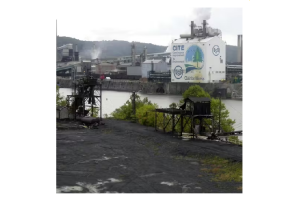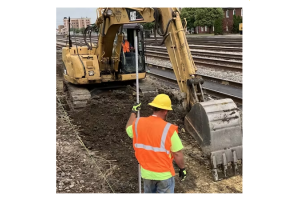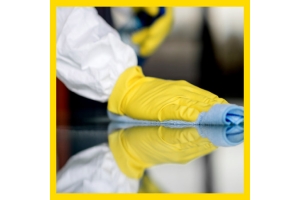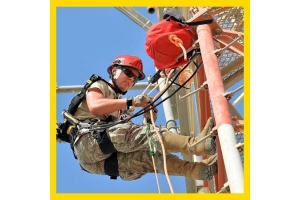Currency
-
December 03, 2017Discussing protection for all industries
-
December 03, 2017OSHA 1910.147 outlines the requirements for the control of hazardous energy (lockout/tagout) with specifics on written programs, machine-specific written procedures, training, and periodic inspections. Unfortunately, as with many OSHA requirements, they inform you “what” to do, but not “how” do it, and leave this part up to the employer. The challenge for many employers is the lack of knowledge or experience to effectively implement the OSHA lockout guidelines so that they are effective and meaningful.
1. Select and develop a LOTO champion
A lockout program will only be as strong as its leader. If there is not someone confidently in charge who has the knowledge and control of your lockout program, then this is your first point of correction. Pick a champion, give them the authority to do their job, and provide access to training and learning that will allow them -
December 03, 2017Since June 1995, it has been stipulated that products designed to protect users from health and safety hazards must be CE marked before they can be sold in the European Community.
Such products are called Personal Protective Equipment (PPE) and are covered by the Personal Protective Equipment Directive 89/686/EEC. This EC Directive defines the regulations and procedures required before a PPE product may be CE marked and placed on the market. It includes a set of health and safety requirements with which all PPE must comply.
The responsibility for ensuring that the Directive is adhered to falls upon the manufacturer. The Directive is enforced in the UK by the local authority Trading Standards Service. Failure to comply can lead to up to three months in prison and/or a fine of up to £5,000. Furthermore, manufacturers can be required to recall and replace any equipment found to be faulty. The CE mark is the manufacturer’s claim that their product meets the requirements -
December 03, 2017The powered air respirator market is ripe for innovation and technological enhancements.









